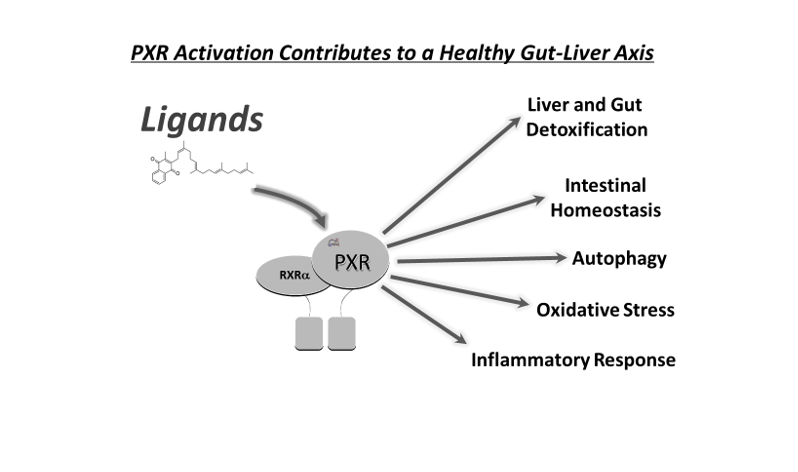
Jeff Staudinger, PhD
Professor, Chair of Basic Science Division – Joplin
Dr. Staudinger’s recent publications and recent research studies are reviewed here:
Associations between Pregnane X Receptor and Breast Cancer Growth and Progression
Clinical applications of small molecule inhibitors of Pregnane X receptor
Dr. Staudinger serves as the Director of the MSSU-KCU Stress Research Consortium (MKRC). The MKRC is housed within the Biomedical Research Laboratory (BMRL), which is comprised of approximately 3,000 square feet of office and wet-lab space located 6.8 miles from the KCU campus on the campus of Missouri Southern State University (MSSU) in Joplin. Dr. Staudinger also serves as the course director for the Biomedical Science Research Elective (IDIS 198) offered through the KCU-COM.
Student participation in this research elective course serves as an entry into ongoing research efforts and is intended to provide a framework within which both KCU-COM & two-year KCU-COB M.S. students may engage in biomedical science research projects in Joplin. This course represents a mechanism by which students will receive academic credit for their participation in our research studies. These research-related activities are sponsored and located at the BMRL at MMSU, the KCU campus, or other approved regional partner institution(s) in Joplin.
Learn more about Dr. Staudinger's research activities:
Google Scholar | Bibliography, National Library of Medicine | MSSU-KCU Research Consortium | ResearchGate Profile
Interests-
- The pregnane X receptor (PXR), also known as the steroid and xenobiotic sensing nuclear receptor (SXR) or nuclear receptor subfamily 1, group I, member 2 (NR1I2), is a protein that in humans is encoded by the NR1I2 (nuclear Receptor subfamily 1, group I, member 2) gene [https://en.wikipedia.org/wiki/Pregnane_X_receptor].
- PXR is a nuclear receptor whose primary function is to sense the presence of foreign toxic substances in liver and intestine, and in response, up-regulate the expression and activity of proteins involved in the detoxification and clearance of these substances from the body.
- Dr. Staudinger’s laboratory seeks to understand fundamental regulatory mechanisms in liver toxicology through the identification of novel PXR-target drug-inducible genes in tissues throughout the body. Additionally, his team seeks to unravel the network of signal transduction pathways that interface with PXR mediating drug metabolism and drug transport. His laboratory features state-of-the-art facilities with a wide range of modern research instrumentation and numerous research support services. Major instruments include Next Generation Sequencing (NextSeq 1000), an imaging system, luminometers, centrifuges, fluorometers, spectrophotometers, light microscopes, fluorescence microscopes, state-of-the-art tissue culture rooms, and extensive data analysis and graphics computer programs.
